
Ingrown hair is a consequence of curling back of the sharp tip of the hair. The hair may also grow sideways. In both cases the result is the same. The hair continues growing but this process now continues inside the fair follicle which, at some point, leads to inflammation of the hair follicle. The condition usually affects the body parts covered with thick hair such as the face, neck and chin (in men), armpits, legs and pubic area.
What Are Causes of Ingrown Hair?
Ingrown hair in majority of cases develops as a consequence of close shaving. If one shaves the specific area and holds the razor too close to the skin, the razor may cut off the top of the hair follicle. This changes the path of the hair growth which may cause ingrown hair. Furthermore, ingrown hair may occur if the hair starts growing as it should but at some point it bends back down and re-enters the follicle from the outside in. This particular problem may occur due to repeated rubbing of the clothes against the skin.
Ingrown hair generally affects areas with coarse and curly hair. The problems is also frequent if one undergoes certain hair removal techniques such as waxing, plucking, tweezing and electrolysis. These methods are traumatic for the skin and hair follicles and are frequently responsible for ingrown hair.
And finally, certain cases of ingrown occur due to lack of moisture in the skin or the problem develops as a result of natural accumulation of too much dead skin in the hair follicle. The accumulated skin cells block the opening and do not allow the hair to grow in proper manner.
Prevention of Ingrown Hair
Even though it is not possible to prevent each and every case of ingrown hair there are several methods and techniques that can reduce the frequency of the condition. Many experts suggest exfoliation prior to shaving. There are many commercial scrubs available. Even some home made scrubs can provide with excellent exfoliation.
Ingrown hairs can also be prevented by frequent, but more gentle shaving (shaving with a lighter touch). Shaving should be always performed in the direction the hair grows. Regular change of razors is a must. Women who simply do not want to stop waxing or plucking should apply hot compresses, skin moisturizers and exfoliate the skin several days after hair removal. This way the skin pores will stay open and hairs will easily leave hair follicles.



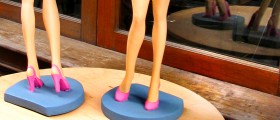
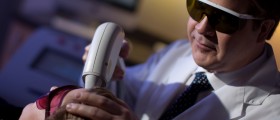
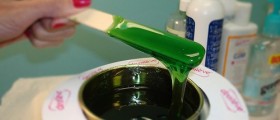
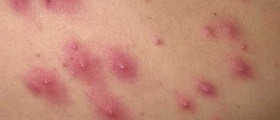

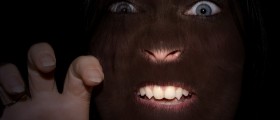

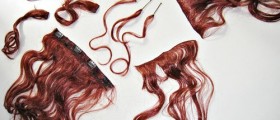


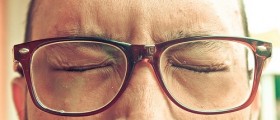
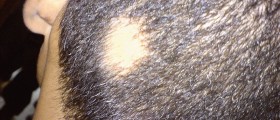


Your thoughts on this
Loading...